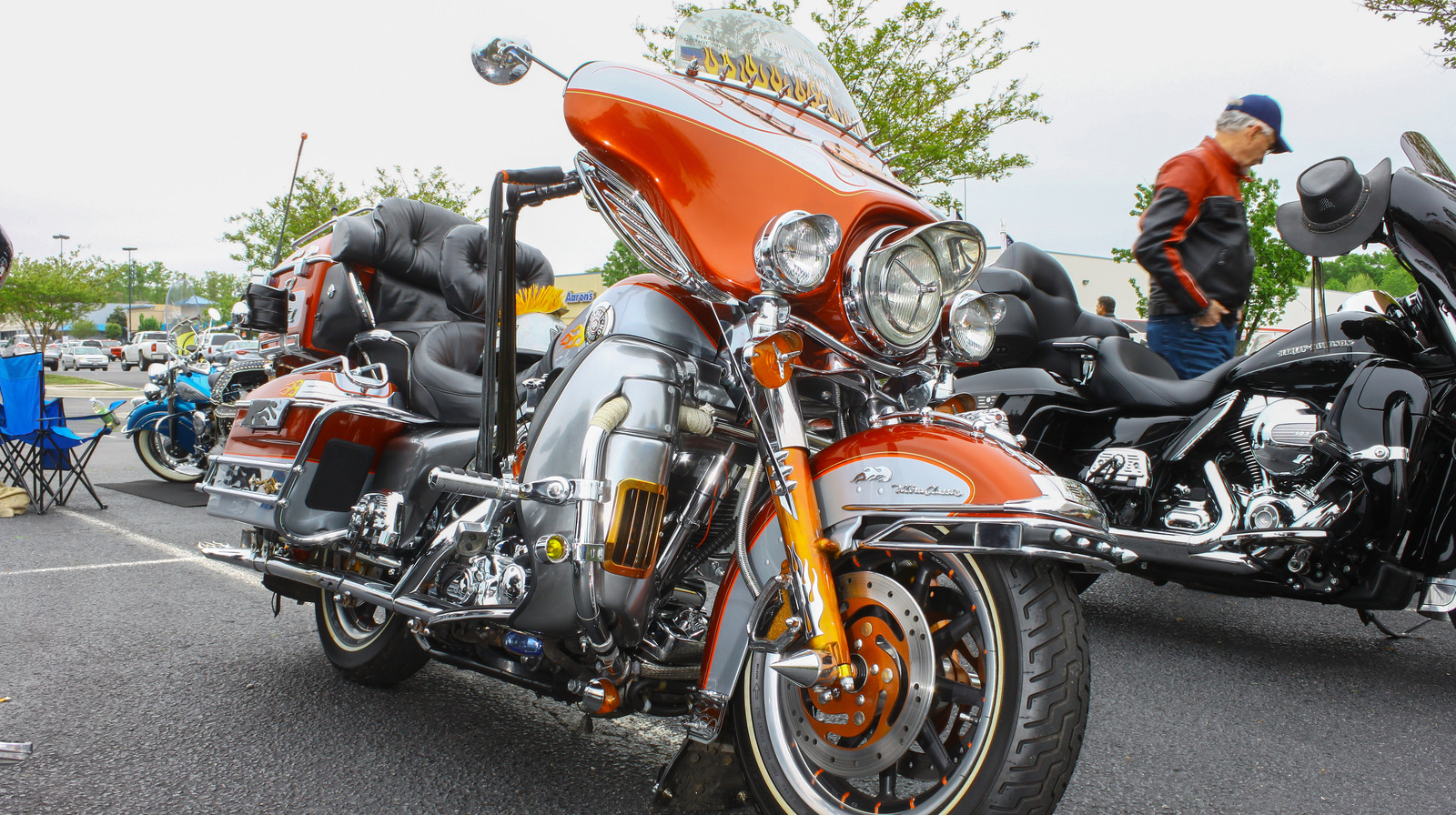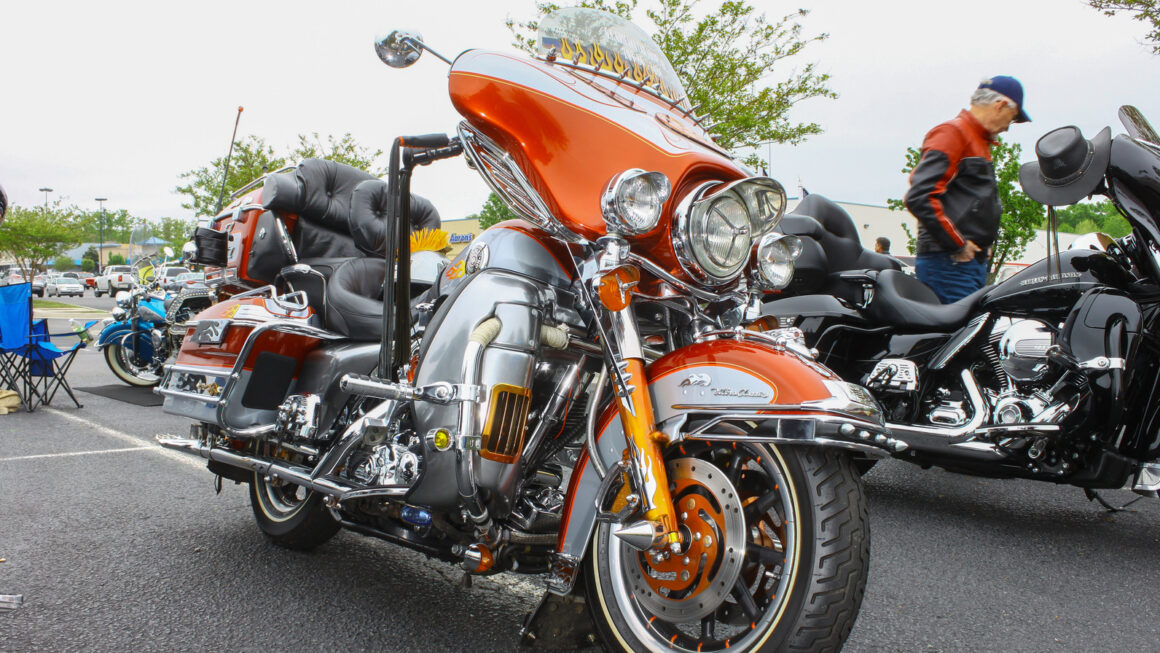
In order to comprehend what Harley-Davidson motorcycles do to evoke their distinctive sound, one must first understand how other motorcycle engines and exhaust systems are typically configured. On a foundational level, Harley-Davidson engines mirror the functionality of any other major motorcycle engine, but the exact way that they achieve the end result is different.
Like many standard engines in automotives, the ones commonly found in typical motorcycle brands operate on an internal combustion cycle. Per an explanation from How Stuff Works, the process follows a four-stroke pattern. For the first stroke, the piston moves to open up the intake valve and allow the gasoline and air to mix. On the second stroke, the piston moves back into place and compresses the gasoline and air. With the third stroke, the spark plug ignites the mixture and the resulting combustion pushes the piston back down. Finally, the fourth stroke involves the piston’s movement opening the exhaust valve, allowing the exhaust to escape the unit.
Many standard motorcycles operate with a standard two-cylinder engine, in which there are two distinct pistons. These engines typically have a crankshaft that contains two distinct piston-connected pins that are diametrically opposed from one another, allowing both pistons to carry out the four-stroke cycle in lockstep with one another. The audible result is the consistent ticking of the exhaust valve, which consistently opens on a fixed and unchanging interval. Suffice to say, Harley-Davidson bikes generally do not operate with this exact sort of internal structure and, thus, an alternate sound is produced.




